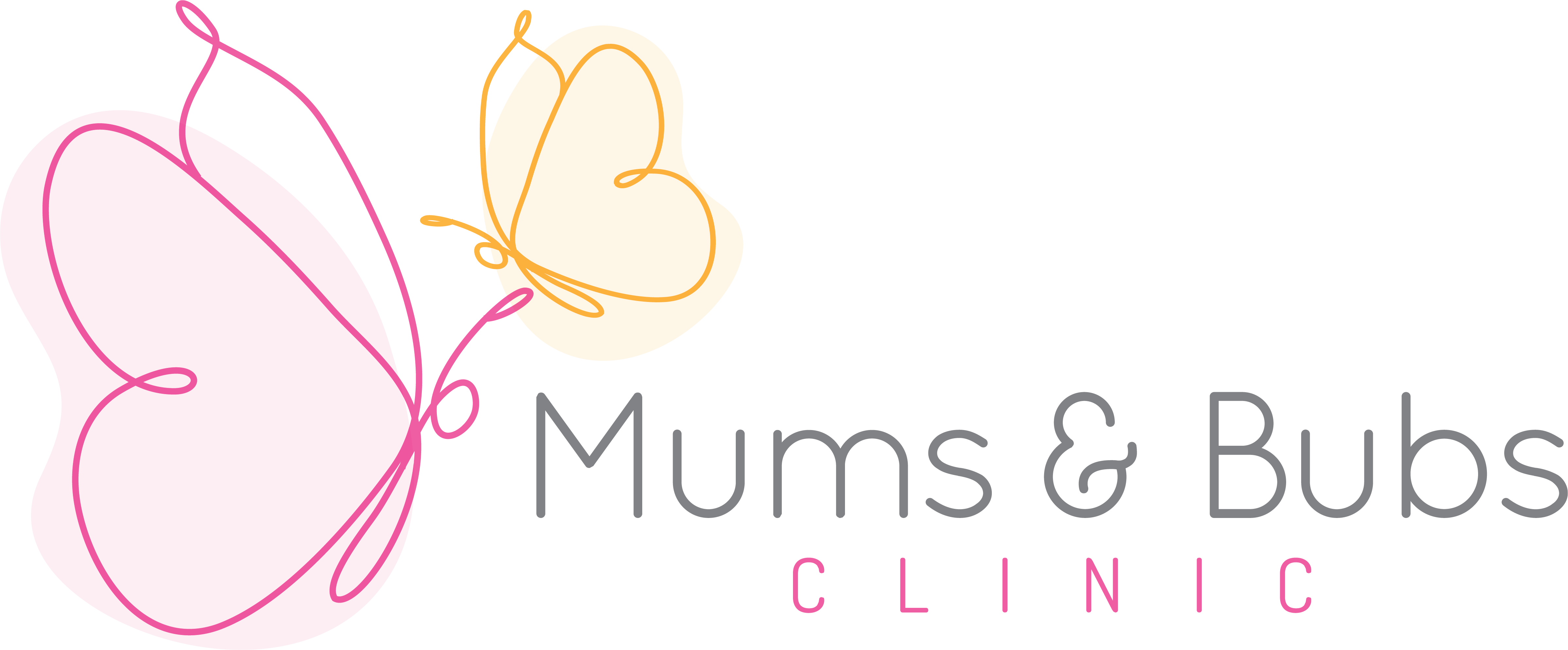For most of their lives, women have been inundated with negative birth stories. They’ve been conditioned to believe that excruciating pain is associated with labour, and because of this, women hold an unprecedented fear of giving birth.
This extreme fear causes their bodies to become tense, and that tension stops their bodies from easily performing a normal physiological function. The result can be what they feared most – long, painful birthing and unnecessary intervention.
I am very supportive of hypnobirthing. I see it as ‘getting in the zone’ and allowing women to focus on the contractions and use the power of the mind to manage contractions and pain. Irrespective of what you end up doing for pain relief, the ability to ‘get in the zone’ is really important for your birth experience.
Hypnobirthing classes prepare you with the knowledge, confidence and tools you need to birth calmly. Birth can and should be, a positive experience – one that you will always want to remember.
Hypnobirthing aims to help a woman deal with any fear or anxiety she may have around birth. It involves various relaxation and self-hypnosis techniques to help relax the body before and during labour and birth so you can have a positive experience. This includes:
- Education
- Self-hypnosis
- Affirmations
- Relaxation
- Guided visualisation
- Positive body toning
- Light touch massage
- Acupressure
- Controlled breathing
I also talk a lot to my patients about the importance of feeling safe and secure – the importance of creating an environment in which they feel that they feel comfortable. When women feel vulnerable, they are much more susceptible to pain.
Education is a massive part of creating a safe and secure environment, if a patient feels that they know what is happening, they are also less vulnerable.
Finally, it is essential that women are involved in the decision making, it is essential that we respect their bodies and importantly their involvement in the care that is provided to them.
Written by Dr Stuart Prosser, General Practitioner – Obstetrics and Anaesthetics

